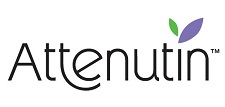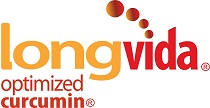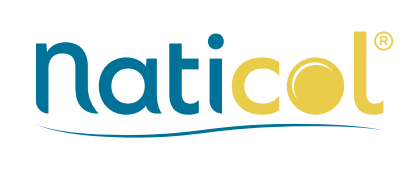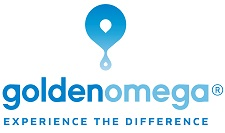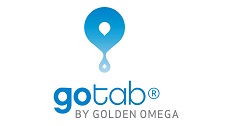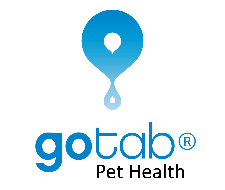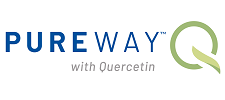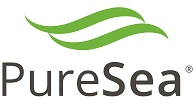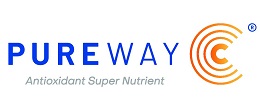Pomella®: The Benefits of Punicalagins
- 03 March 2022
- Written by LEHVOSS Nutrition
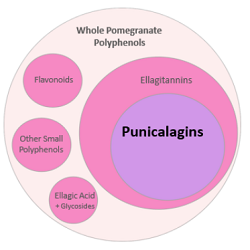
Ellagic acid is a natural phenol found in numerous fruits and vegetables. Most of the pomegranate extracts commercially available on the market are standardized to ellagic acid. So why is Pomella® standardized to Punicalagins?
Punicalagins are the primarily natural antioxidants of the pomegranate fruit. They are water-soluble, highly bioavailable, and supported by safety data. They are shown to possess a high absorption rate of up to 95%.
Not only do punicalagins offer a powerful kick of antioxidant properties on their own; they can breakup into smaller polyphenols, gut-derived metabolites known as urolithins, which are absorbed into the body and extensively metabolized. Consumption of ellagitannins can lead to the presence of urolithins for up to 7 days!1 Furthermore, the symbiotic relationship between these phenolic compounds and gut microbiota have gained much attention due to their relevance to bioavailability and human health.
A 2014 study published in the Journal of Agricultural and Food Chemistry showed Pomella® ranked highest in antioxidant activity across a number of assays including ORAC, TEAC, FRAP, and DPPH, compared to 26 other antioxidant products. Furthermore, pomegranate supplements (Pomella®) with the highest content of punicalagins showed high antioxidant activity, whereas those high in ellagic acid showed the lowest.2
As a natural pomegranate extract, Pomella® was developed to deliver benefits through the antioxidant polyphenols, in particular ellagitannins, such as punicalagins and their gut-derived metabolites, urolithins. The potent antioxidant properties of Pomella® support a wide variety of applications, including healthy aging, cardiovascular health, cognitive wellness, digestive and gut health, beauty from within, and much more.
Visit our dedicated page to learn more about Pomella® or contact us for more information.
References:
(1) Ozdal, Tugba et al. Nutrients. 6 Feb 2016. 8(2): 78. doi: 10.3390/nu8020078
(2) Henning SM et al. J Agric Food Chem. 2014 Apr 18. 62: 4313-4321. doi: 10.1021/jf500106r



 Could a natural ingredient outperform a well-known solution in oral health?
Could a natural ingredient outperform a well-known solution in oral health?

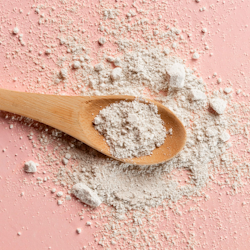 At
At 


